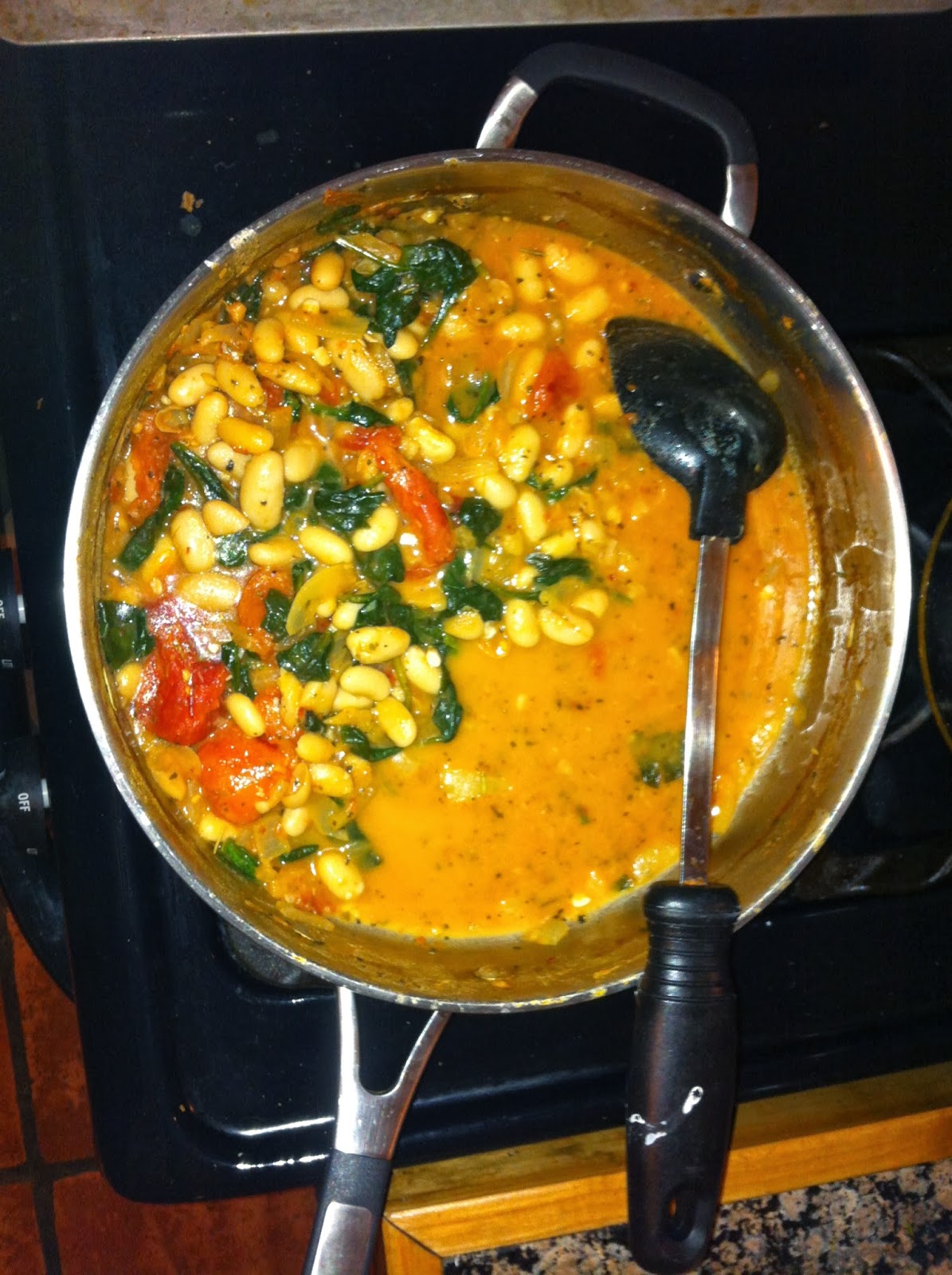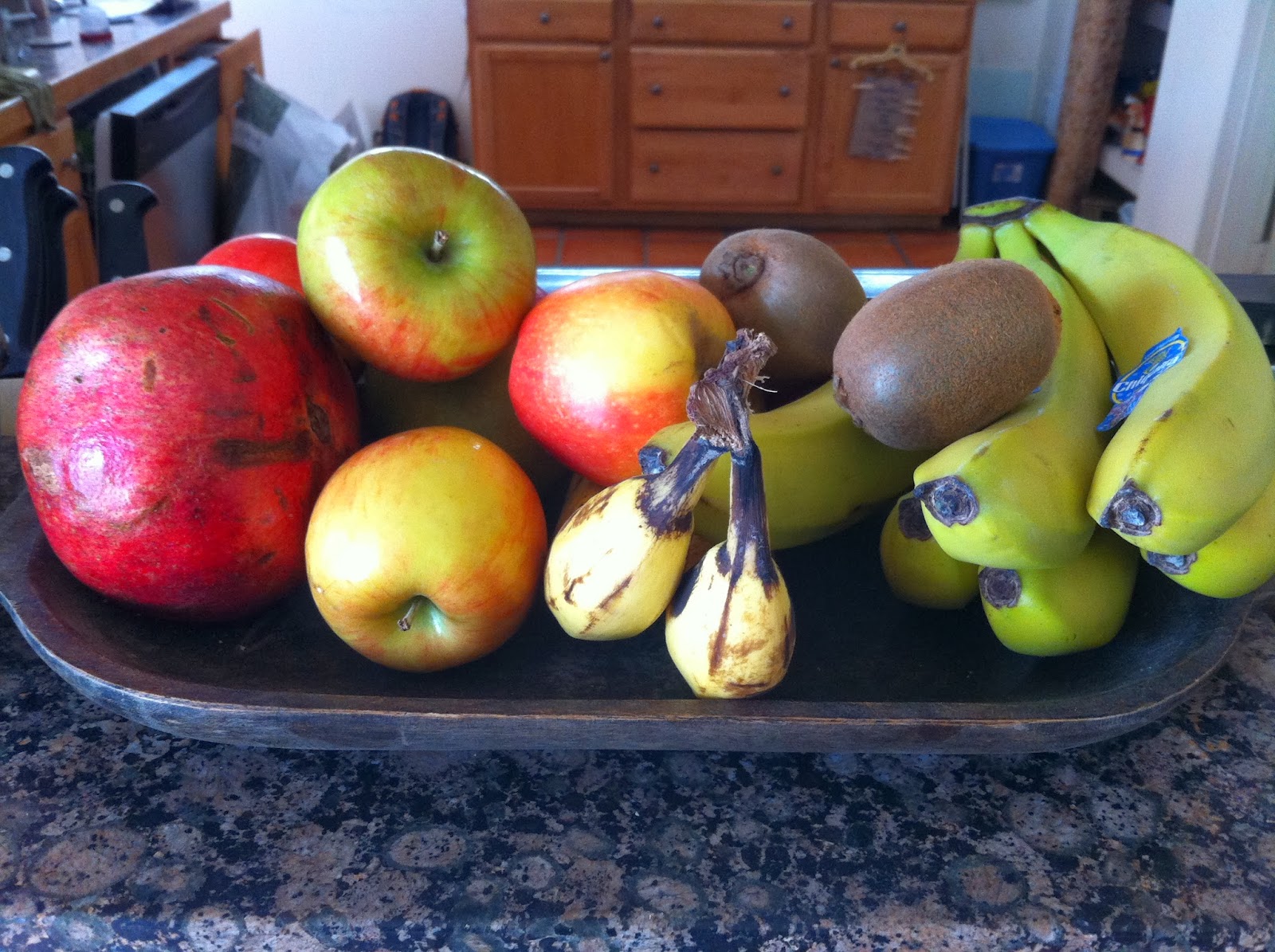 Another topic I will probably mention a lot. Just as sugar is prevalent in so many processed foods, you're going to find sodium there too! For years I thought I was doing a great job of keeping our sodium levels right on target (or lower), Ron came home from a nutrition class one day and mentioned the amount of sodium in bread. Yes, my "healthy" whole wheat bread. So that started me on a new quest... to find bread with very few ingredients and low sodium. They are out there, but you have to look. Obviously if you make your bread, you can control the sodium content. Our grocery store in Boston sold "no salt added" bread and it was yummy. Pepperidge Farms - for the big brands - seems to offer the lowest amounts of sodium in their breads. We shop at Sprouts now and their store-brand brand is delicious, has very few ingredients, and very little sodium.
Another topic I will probably mention a lot. Just as sugar is prevalent in so many processed foods, you're going to find sodium there too! For years I thought I was doing a great job of keeping our sodium levels right on target (or lower), Ron came home from a nutrition class one day and mentioned the amount of sodium in bread. Yes, my "healthy" whole wheat bread. So that started me on a new quest... to find bread with very few ingredients and low sodium. They are out there, but you have to look. Obviously if you make your bread, you can control the sodium content. Our grocery store in Boston sold "no salt added" bread and it was yummy. Pepperidge Farms - for the big brands - seems to offer the lowest amounts of sodium in their breads. We shop at Sprouts now and their store-brand brand is delicious, has very few ingredients, and very little sodium.
Bread is just an example, read the labels and start cutting out processed foods!
Guidelines recommend no more than 1,500mg per day. Here are ways to reduce sodium intake (thank you Harvard HEALTHbeat):
Eat mostly fresh foods. Most of the sodium we eat comes from restaurant meals and processed foods, including canned vegetables and soups, pasta sauces, frozen entrees, luncheon meats, and snack foods. If you start with unsalted, fresh foods and prepare them yourself, you can exercise better control over your sodium intake.
Take care with condiments. Sodium is found in many condiments besides ordinary table salt — including soy sauce, Worcestershire sauce, salad dressings, ketchup, seasoned salts, pickles, and olives. Baking soda, baking powder, and monosodium glutamate (MSG) also contain sodium.
Read labels. The Nutrition Facts label on packaged food lists milligrams of sodium per serving, so note how many servings the container holds. The percent daily value ("% Daily Value" or "% DV") is based on 2,400 mg, so if your own daily sodium limit is lower, the amount of sodium in a serving is actually a higher percentage than the label indicates. Read the labels on over-the-counter drugs, too; some of them contain sodium.
Speak up. When dining out, ask to have your food prepared with less salt. You can also ask for a lemon or lime wedge to add more flavor to your food.
Spice it up. Cut back on salt by making your own blends of spices and herbs and using them along with lemon or lime juice or flavored vinegars. (Ready-made blends are also available in grocery stores.) Some kosher and gourmet salts contain less sodium than standard iodized table salt; check the Nutrition Facts label to make sure.
Action Item: Check the sodium content of items in your refrigerator/cupboards!
For further reading: Check out Harvard HEALTHbeat. It's a free weekly email newsletter. I just discovered it myself.


-38.jpg)





















.jpg)





